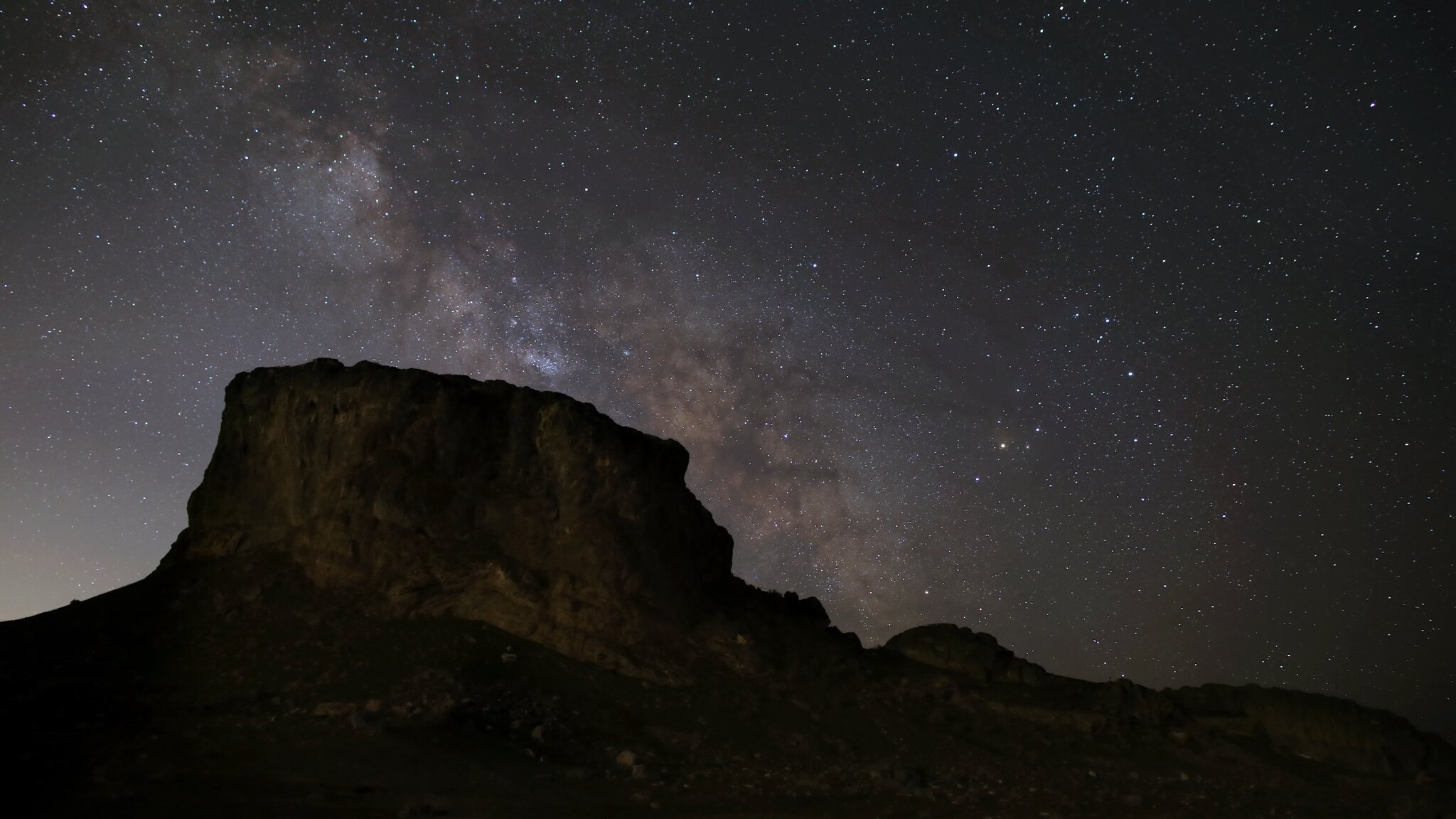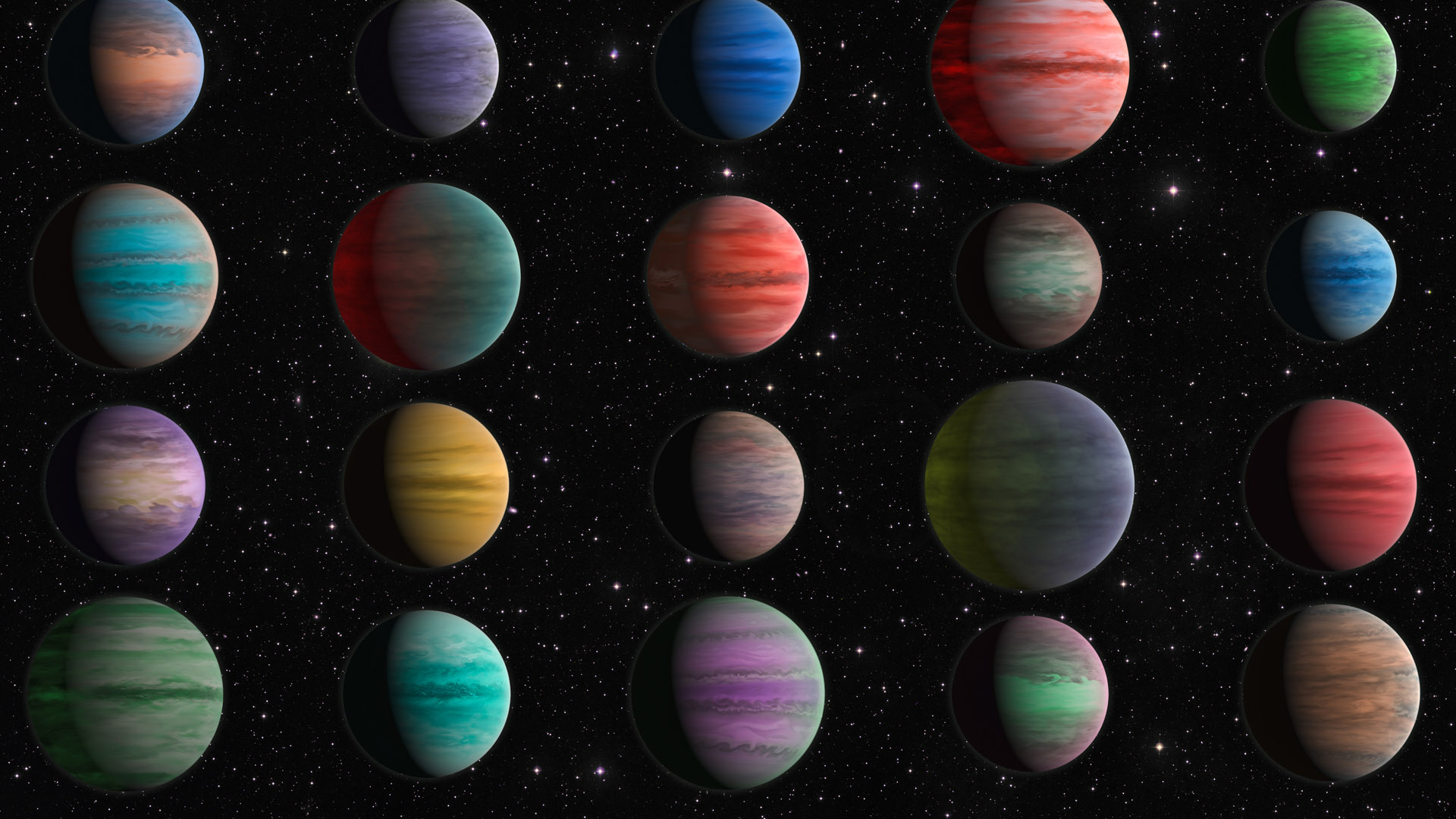NASA needs your help finding alien worlds

You can help NASA discover new planets using your personal telescope or even just your smartphone.
The space agency's Exoplanet Watch program seeks citizen scientists to help track planets outside our solar system, also known as exoplanets. Participants can use their own telescopes to look for exoplanets or study data from other telescopes using a computer or smartphone.
"With Exoplanet Watch you can learn how to observe exoplanets and do data analysis using software that actual NASA scientists use," Rob Zellem, the creator of Exoplanet Watch and an astrophysicist at NASA's Jet Propulsion Laboratory (JPL) in California, said in a statement. "We're excited to show more people how exoplanet science is really done."
Related: 10 amazing exoplanet discoveries
The Exoplanet Watch program began in 2018 under NASA's Universe of Learning — one of the agency's Science Activation programs that enables anyone to experience how science is done and discover the universe for themselves.
At that time, there were limits on how many people could help look through the data collected by other telescopes. Now, the program is more widely accessible, allowing anyone to download and analyze the data, according to the statement.
There are more than 5,000 confirmed exoplanets and the potential for millions more that have yet to be discovered. These worlds feature a wide array of characteristics, like having twin suns, scorching hot surface temperatures or clouds made of glass.
Get the Space.com Newsletter
Breaking space news, the latest updates on rocket launches, skywatching events and more!
The majority of exoplanets have been found using the transit method, which involves looking for a slight dimming of the host star as the planet passes in front of it. The time between transits reveals how long it takes an exoplanet to orbit its parent star, and the more transits that are measured, the more precisely the length of the orbit is known. And if you have your own telescope, Exoplanet Watch can help you learn how to detect exoplanet transits, no matter the size of the telescope you're using.

"Exoplanet Watch combines observations of the same target by multiple sky watchers in order to get a higher-fidelity measurement," according to the statement. "Combining observations is also useful if the planet's transit lasts longer than the time a star is visible in the sky for a single observer: Multiple participants at different locations around the globe can collectively watch the duration of a long transit."
Joint observations aided in the discovery of an exoplanet called HD 80606 b, which NASA's James Webb Space Telescope will observe later this year. This planet was detected using combined observations from more than 20 Exoplanet Watch participants.
"I hope this program lowers barriers to science for a lot of people and inspires the next generation of astronomers to join our field," Zellem said in the statement.
Even if you don't own a telescope you can participate in Exoplanet Watch. The program allows amateur astronomers to look through 10 years' worth of exoplanet observations collected by a small ground-based telescope south of Tucson, Arizona. New data from two telescopes at JPL's Table Mountain facility in Southern California will also be added to the program's database this year for participants to review.
Using this data helps refine planet transit measurements and identify any variations in the apparent brightness of stars, which could be an indication of outbursts of light, called flares, or dark spots on a star's surface.
"Having volunteers sort through the data will save significant computing and processing time," according to the statement. "This work will help scientists anticipate the variability of a particular star before they study its exoplanets with large, sensitive telescopes like NASA's James Webb Space Telescope."
Follow Samantha Mathewson @Sam_Ashley13. Follow us on Twitter @Spacedotcom and on Facebook.
Join our Space Forums to keep talking space on the latest missions, night sky and more! And if you have a news tip, correction or comment, let us know at: community@space.com.

Samantha Mathewson joined Space.com as an intern in the summer of 2016. She received a B.A. in Journalism and Environmental Science at the University of New Haven, in Connecticut. Previously, her work has been published in Nature World News. When not writing or reading about science, Samantha enjoys traveling to new places and taking photos! You can follow her on Twitter @Sam_Ashley13.
-
kristianna276 The Boys and Girl's Scouts helped to perpetuate the concept of adventure and exploration in the wilderness of the country. In this age of space exploration, we need an organization that helps build on this concept, except the need for space exploration SpaceScouts could be the method of the aid of finding new exoplanètes and bring.many into the fields of science and engineering. There will always bee the need for Data Miners in the field of astronomy, and there will always be undiscovered world yet to be explored. Let eager minds take on the challenge of exoplanet discovery.Reply









